Flying blue porcelain flower vase (medium) Suwa Sozan
Flying blue porcelain flower vase (medium) Suwa Sozan
Couldn't load pickup availability
Width: 11.5cm Height: 22.1cm
Ⅰ. Work overview
The "Flying Celadon Shimokabu Vase (Medium)" is a vase created by Suwa Sozan IV using his unique "Flying Celadon" technique, while taking inspiration from the elegance of Southern Song Dynasty Longquan Kiln Kinuta Celadon. As the character "fly" indicates, the copper components dissolved in the glaze fly off during firing, scattering fine red spots reminiscent of underglaze red on the pale celadon surface. The shape of the vase, which bulges out like a turnip at the bottom and tapers smoothly towards the top, evokes the nourishment stored in the earth during winter, bringing a gentle warmth to the tea ceremony.
II. Shape and form
Turnip-shaped body
The body is taut and turnip-shaped, with a rich sense of volume at the bottom and a gentle taper towards the base. When filled with water, the center of gravity is lowered, increasing stability.
Lax neck
The shoulders from the body to the neck are rounded and the neck is slightly turned outward. When flowers are tied together, they naturally move towards the center, making it suitable for a wide range of arrangements, from single stems to multiple stems.
A modest floral wreath on the rim
A shallow six-petal flower is applied to the inside of the rim, and the slight accumulation of glaze enhances the deep jade color. It also functions as a flower holder, stabilizing delicate flowers.
III. Glaze Tone - The Flying Scenery Created by Copper
The origins of Tobi Celadon <br data-end="644" data-start="641">Based on the "Sozan Celadon" established by the first Suwa Sozan , the fourth Suwa Sozan added small amounts of copper to the glaze. In the reducing flame, some of the copper is repeatedly oxidized and reduced, forming red spots within the glaze layer. These appear to "fly" like stars scattered in the night sky, creating a contrast between blue and red.
Distribution of Color Spots <br data-end="789" data-start="786">The red spots appear more frequently on the lower part of the body than on the neck, visually emphasizing the bulge of the turnip shape. Where the glaze is more than 1.4 mm thick, the spots blend faintly, but in thinner areas they produce sharp dots. Depending on the angle of the light, the red fades and only the jade color stands out, so the appearance changes depending on the viewer's position.
Ⅳ. Functional beauty and tea ceremony combinations
| season | Recommended flower materials | Synergistic effect with the vessel |
|---|---|---|
| spring | Flower Raft (hanaikada) - Mokko | The contrast between blue and red highlights the freshness of the young buds. |
| summer | Dayflower and ginseng | The red spots do not impair the cool feeling, emphasizing the coolness of the celadon. |
| autumn | Wild grapes/Shion | The crimson color of the leaves deepens, bringing a sense of seasonal beauty. |
| winter | Cold Peony/White Wabisuke | The turnip shape and red spots on the body are reminiscent of turnips peeking out from between the snow, adding a touch of warmth. |
Water's Edge Scenery <br data-end="1214" data-start="1211">The thick glaze makes the walls of the vessel slightly transparent, and the reflections on the water's surface softly mix blue and red tones, creating a tranquil gradation.
Compatibility with light <br data-end="1291" data-start="1288">When lit by the warm light of a lantern or candle, the crimson spots glow faintly, creating a fantastical effect as if warm stardust were floating on the celadon surface.
V. Historical Background and Technical Significance
A conversation with underglaze red
The underglaze red that developed in Jingdezhen during the Yuan and Ming dynasties was called the "flower of kiln change" because of the difficulty of producing copper coloring. The fourth generation Suwa Sozan combined it with celadon glaze, fully aware of the difficulty, to explore the beauty that lies between stability and chance.
The inheritance of Kinuta Celadon
The basic composition of the celadon glaze remains the same as that of the first generation. To compensate for the drop in melting point caused by the addition of copper, the amount of lime is increased and the maximum firing temperature is adjusted to maintain the transparency of the glaze surface.
Symbolism of the lower turnip shape
The turnip has long been associated with the artistic name of Buson and has been a symbol of literati tastes. It is said that Song Dynasty literati used turnip-shaped vessels for winter tea ceremonies, appreciating the vitality hidden in the cold. This piece transfers that spirit to the modern tea ceremony.
Ⅵ. Artist profile and creative approach
Suwa Sozan IV (born in Kyoto in 1970) is the son of Suwa Sozan III and lacquer artist Nakamura Sotetsu XII, and took over the title in 2002. While his research into celadon is his mainstay, he is always experimenting with new, more scientific approaches, such as Nerikomi Celadon, Hotarude, and this Hi-Celadon. His belief is that "a piece of work contains a story, and is only complete when it blends with the user's story," and so he is known for his ability to imagine in detail the season, light source, and even the type of audience he envisions for the tea ceremony at the production stage.
VII. Conclusion
"Hisei Celadon Lower Turnip Vase (Medium)" is a challenging work that only Suwa Sozan IV could undertake, where the serenity of jade and the passion of copper-red intersect at a single point. The plump curves of the turnip shape speak of hidden nourishment, and the scattered red spots are reminiscent of stars twinkling in the winter sky. While based on the tradition of Kinuta Celadon, this work has opened up new horizons with Hisei Celadon, which is filled with chance, and the moment it is placed at a tea ceremony, it quietly brings to light a story woven by the vessel, flowers, and light, warming and moistening the hearts of those who see it.
Share
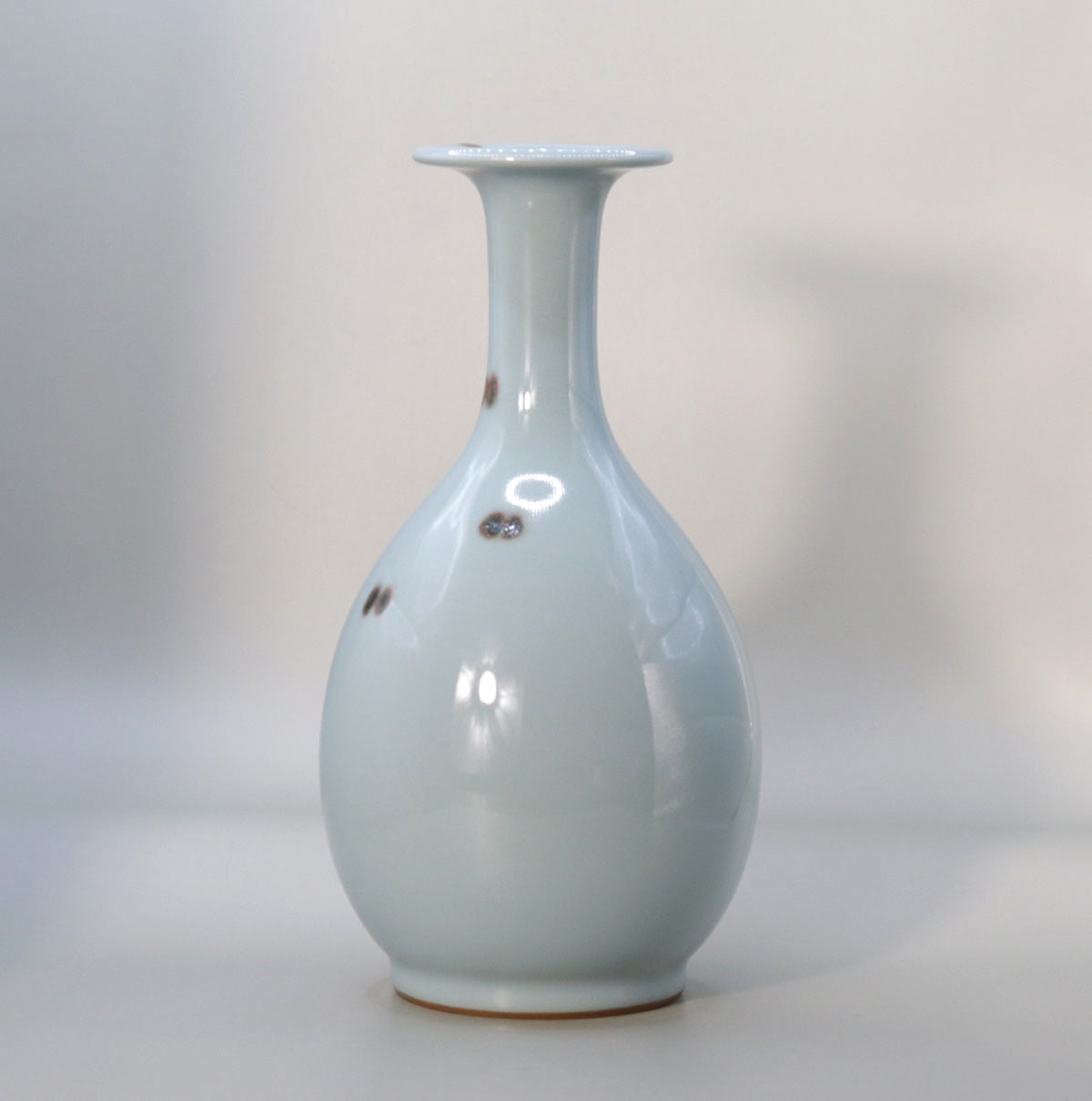
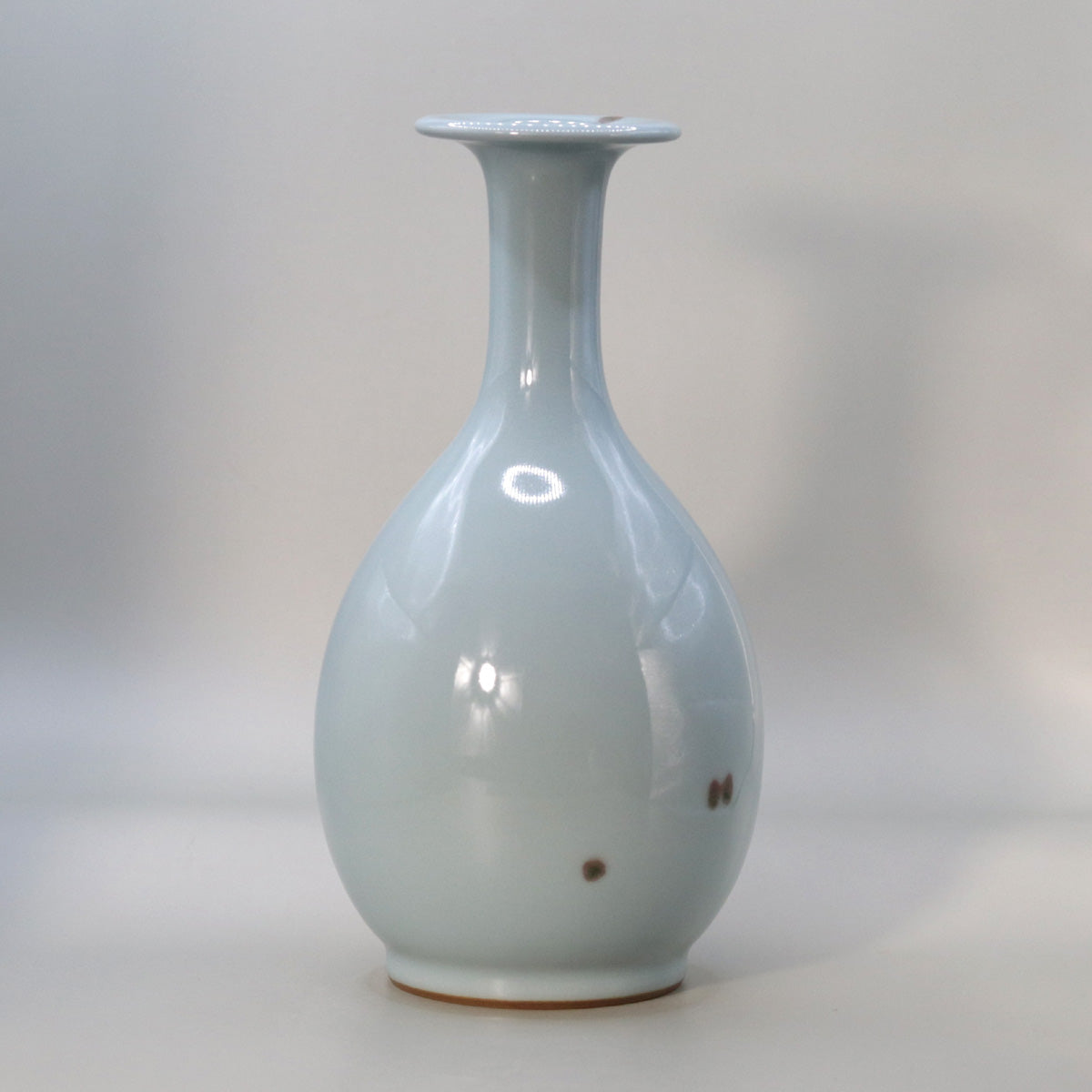

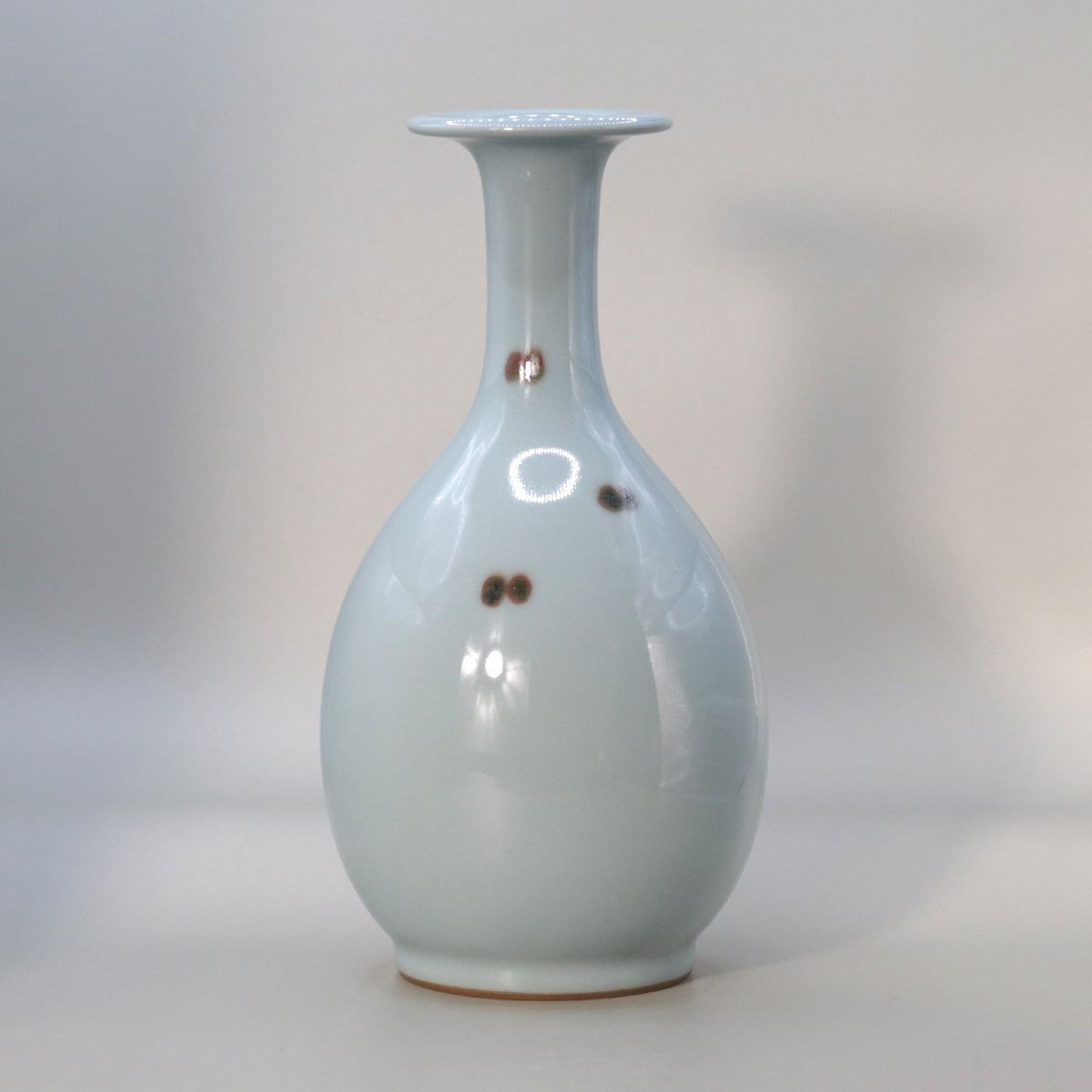

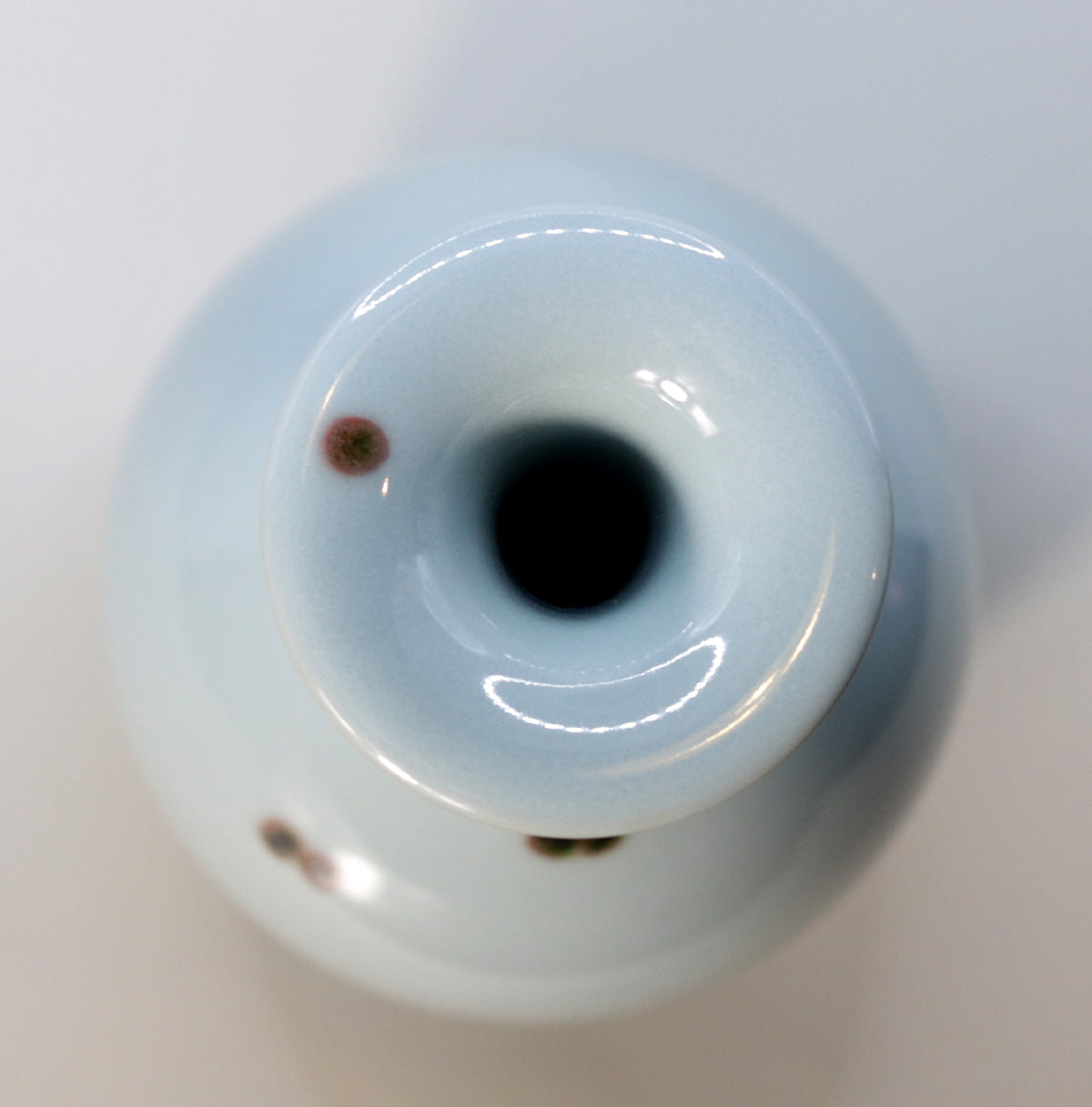
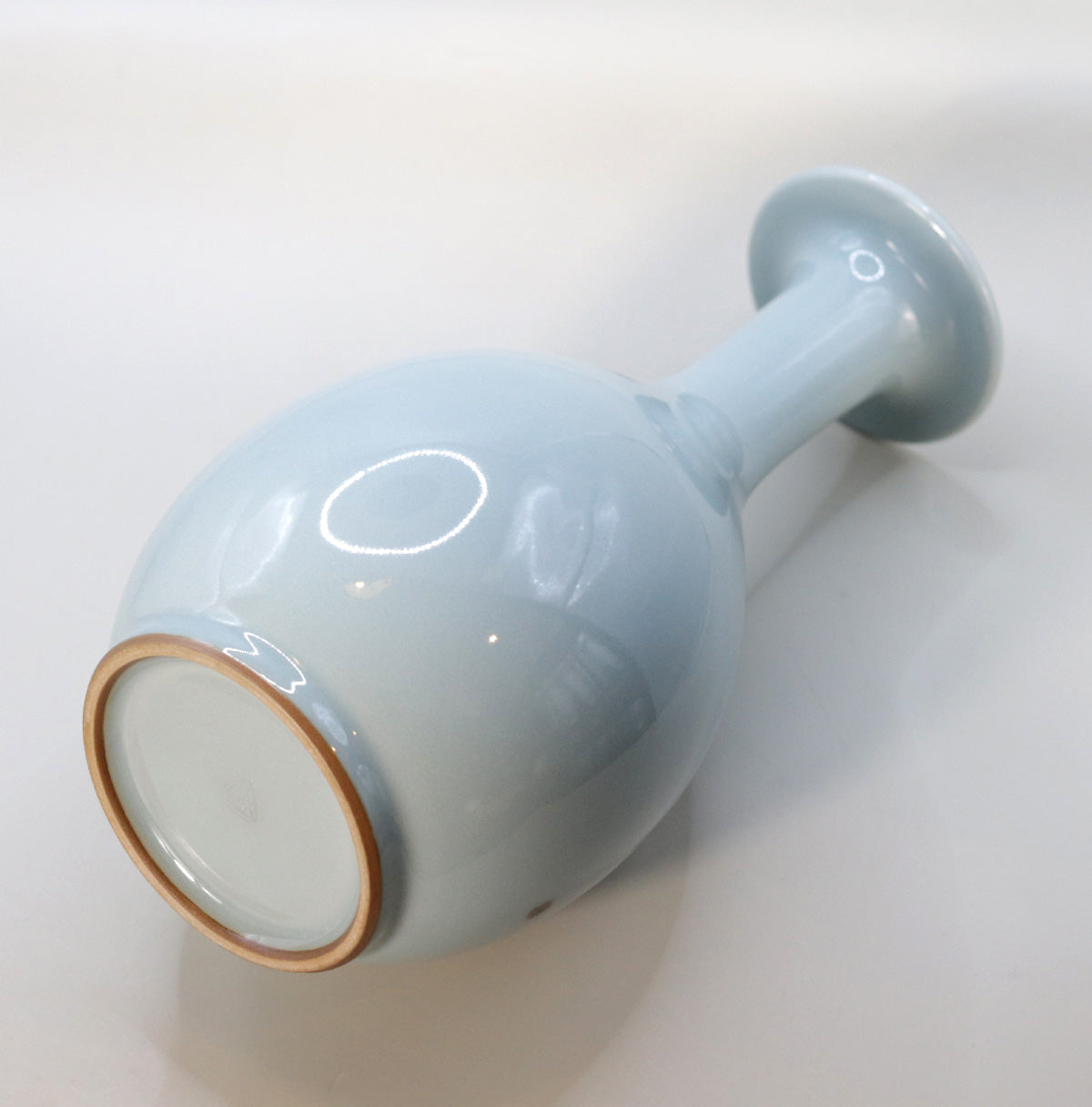
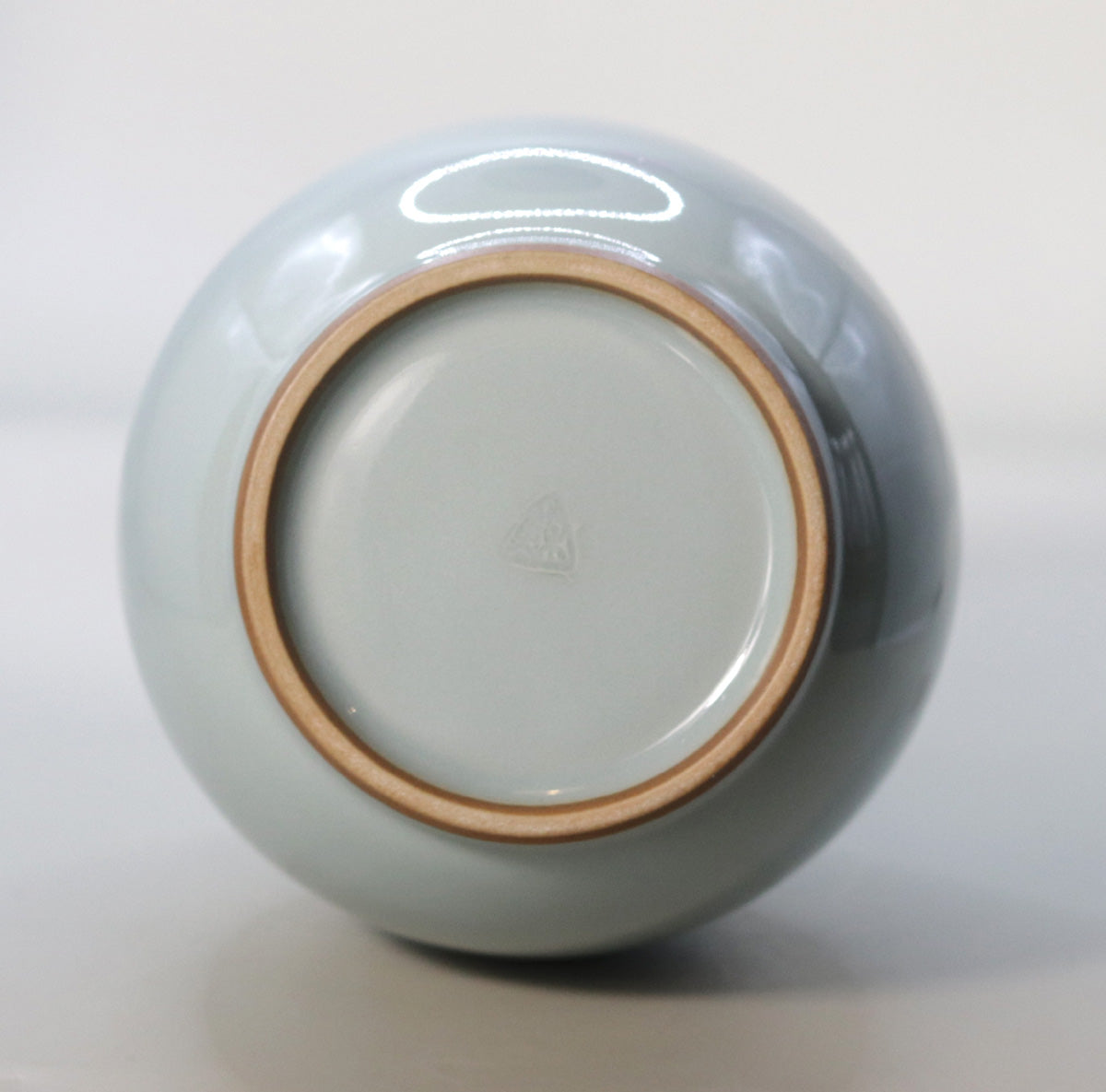
Multi-Column
-
[I will send it to you quickly and carefully]
We carefully package each product in a way that suits it best.
Also, delivery times vary depending on the piece (vessel, etc.).
Items that already come with a box will be shipped within 1-3 days of the order date.
For items that require a box to be made after your order, it will take approximately 30 days for production to be completed and then shipped.
In either case, once we have confirmed your order, we will contact you by email to inform you of the delivery date.
-
[Requests when purchasing pottery]
Even products that look the same may differ slightly in color, shape, size, etc.
The way the glaze is used, the power of the kiln, the firing method, the season, and the humidity also affect the appearance of the pottery.
Please understand the individuality of each piece of pottery and enjoy the unique warmth of handmade.








